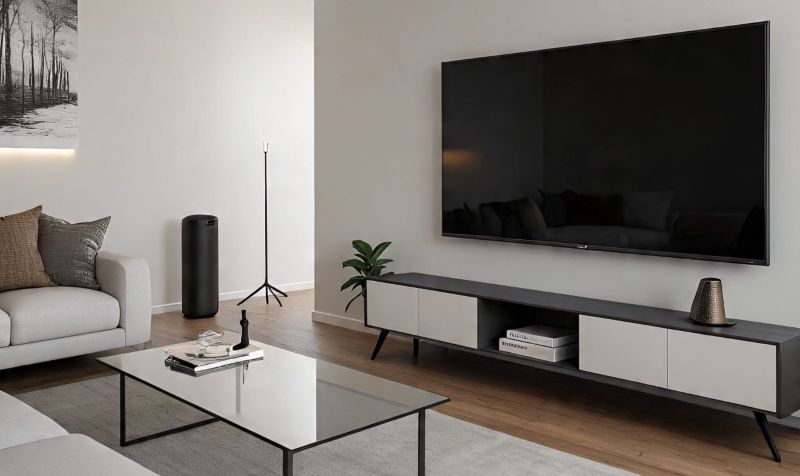
Smart homes aren’t just for the tech elite anymore. With the rise of budget-friendly devices and seamless integrations, you can automate your home for under $200—without sacrificing functionality or style. Whether you’re dipping your toes into smart living or optimizing a small apartment, here’s how to build a reliable, affordable home automation setup.
💡 Core Goals of Budget Automation
Before diving into products, define what you want your smart home to do. Common goals include:
- Lighting control (ambience, schedules, remote access)
- Security monitoring (door sensors, cameras)
- Energy efficiency (smart plugs, thermostats)
- Voice control (hands-free convenience)
🧩 Starter Kit: Smart Essentials Under $200
Here’s a sample setup that balances versatility, ease of use, and affordability:
| Device | Purpose | Price (Approx.) |
|---|---|---|
| Amazon Echo Dot (5th Gen) | Voice assistant hub | $50 |
| TP-Link Kasa Smart Plug (2-pack) | Control appliances remotely | $25 |
| Wyze Cam v3 | Indoor/outdoor security camera | $35 |
| Govee Smart LED Strip Lights | Mood lighting with app/voice control | $25 |
| SwitchBot Bot + Hub Mini | Automate physical switches | $60 |
Total: ~$195
This setup gives you voice control, lighting automation, appliance scheduling, and basic security—all controllable via smartphone or voice.
🔄 Expandability & Ecosystem Tips
- Stick to one ecosystem (Alexa, Google Home, or Apple HomeKit) to avoid compatibility headaches.
- Look for Matter support—the new smart home standard that improves cross-brand integration.
- Use routines and scenes to combine actions (e.g., “Goodnight” turns off lights, locks doors, and powers down plugs).
🛠️ Setup Tips for Beginners
- Start small: Automate one room first.
- Use voice + app control: Most devices support both.
- Secure your network: Use strong passwords and update firmware regularly.
- Label devices clearly: Makes voice commands more intuitive.
🌱 Sustainability Angle
Smart plugs and lighting schedules can reduce energy waste. Motion sensors and automation routines help ensure devices aren’t left running unnecessarily—saving money and lowering your carbon footprint.
📈 Final Thoughts
Home automation under $200 isn’t just possible—it’s powerful. With the right mix of devices and a clear goal, you can create a smart home that’s secure, efficient, and fun to live in. As prices drop and standards like Matter evolve, budget setups will only get smarter.
You might also like our TUTEZONE section, which contains exclusive tutorials on making your life simpler using technology.




